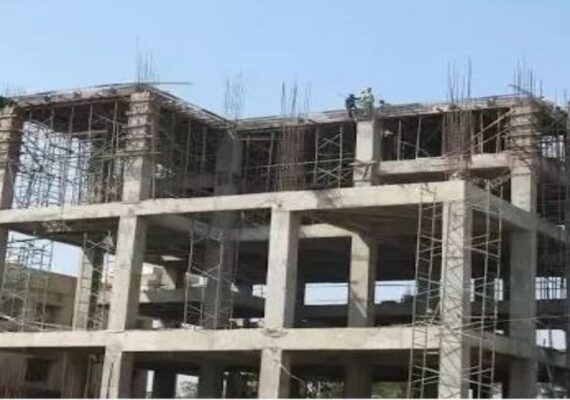What Is Exterior Insulated Finishing System?
What Is Exterior Insulated Finishing System?
Exterior Insulated Finishing System (EIFS) is a non-load bearing building cladding system that provides exterior walls with an insulated, water-resistant, finished surface in an integrated composite material system.
EIFS has been in use since the 1960s in North America, and was first used on masonry buildings. Since the 1990s, the majority of wood-framed buildings have used EIFS.
The recommended system now includes a drainage plane to let water drain down and out from behind the cladding; this is in response to historical water infiltration problems that caused damage to buildings and resulted in costly legal cases.
History Of Exterior Insulation And Finish System (EIFS)
The Exterior Insulated Finishing System (EIFS) was first developed in Europe after World War II as a solution to retrofit masonry walls. It made its way to North America in the 1960s and was initially used on commercial masonry buildings.
However, it gained popularity in the mid-1970s due to the oil embargo and the subsequent increase in interest in energy-efficient wall systems. EIFS, which could be used over stud-and-sheathing framing instead of over solid walls, became a popular choice in North America.
In the late 1980s, problems began to arise due to water leakage in EIFS-clad buildings. This created a controversy and numerous lawsuits, and critics argued that non-water-managed systems did not allow water that penetrated the building envelope to escape.
The EIFS industry, on the other hand, claimed that the EIFS itself was not leaking, but rather poor craftsmanship and bad architectural detailing were the cause of the problems.
Building codes began to mandate a drainage system for EIFS systems on wood-frame buildings and additional on-site inspection. Although most homeowner insurance policies cover EIFS and EIFS-like systems, some insurance companies may not offer coverage for EIFS in some cases.
In addition, some facility owners have found that lower-level EIFS systems are subject to vandalism as the material is soft and can be chipped or carved, resulting in significant damage.
To address these concerns, heavier ounce reinforcing mesh can be specified, which can significantly increase the durability of the EIFS system.
EIFS installation was found to be a contributing factor in the “Leaky condo crisis” in southwestern British Columbia and the “Leaky homes” issue in New Zealand that emerged separately in the 1980s and 1990s. Despite these issues EIFS is now used all over North America and in many other areas around the world especially in Europe and the Pacific Rim.
As of 1997, EIFS accounted for about 4% of the residential siding market and 12% of the commercial siding market.
In conclusion, the history of EIFS dates back to post-World War II Europe and it gained popularity in North America in the mid-1970s due to the oil embargo and the subsequent interest in energy-efficient wall systems.
Although the use of EIFS over stud-and-sheathing framing instead of over solid walls is a technique used primarily in North America, EIFS is now used worldwide.
While there have been some controversies and issues with EIFS it remains a popular choice for building exteriors with a significant market share in both the residential and commercial siding markets.
Exterior Insulation And Finish System Installation
EIFS, or exterior insulation and finishing systems, are usually installed on the outer surface of exterior walls using either an adhesive, such as cementitious or acrylic-based, or mechanical fasteners.
Adhesives are commonly used to attach EIFS to gypsum board, cement board, or concrete substrates, while mechanical fasteners are used for EIFS installation over housewraps, which are sheet-good weather barriers typically used over wood sheathings.
It’s important to note that the supporting wall surface should be flat and continuous, without any “open framing.” Specific mechanical fasteners are designed for this purpose.
What Is The Purpose Of EIFS?
EIFS, or Exterior Insulation and Finish Systems, are intended to supply uninterrupted insulation to buildings to comply with updated energy codes.
Due to their highly insulating nature, EIFS can be an attractive option for architects who seek both flexibility and aesthetic appeal in their designs.
Furthermore, EIFS can decrease energy expenses by maintaining comfortable temperatures indoors all year long, resulting in a cooler interior during the summer and a warmer one in the winter.

